Kolumba Museum: Peter Zumthor’s vision of light, space, and history
The Kolumba Museum in Cologne stands as a unique fusion of history, art, and architecture, offering visitors an extraordinary sensory experience. Designed by the renowned Swiss architect Peter Zumthor and completed in 2007, the museum is a striking example of how contemporary architecture can harmoniously blend with the past. Situated on the site of the former St. Kolumba church, which was heavily damaged during World War II, the museum masterfully incorporates the medieval ruins, the post-war chapel Madonna in den Trümmern, and modern spaces into a cohesive and contemplative whole. This architectural gem creates a dialogue between light, shadow, space, and the centuries of art and history housed within its walls.
Historical background
The Kolumba Museum, built on the ruins of the former St. Kolumba church, traces its origins back to the 1850s when it was first established as the “Diocesan Museum” by the Archdiocese of Cologne. The museum’s original focus was on religious art, housing a collection of medieval and early modern Christian artifacts, sculptures, and altarpieces. However, the museum’s history is marked by the destruction of St. Kolumba during World War II. The ‘Madonna in den Trümmern’ (Madonna of the Ruins) became a symbolic figure of resilience amidst the destruction.
 Ruins of the St. Kolumba Church integrated into the museum’s facade (seen from the street in front of the museum).
Ruins of the St. Kolumba Church integrated into the museum’s facade (seen from the street in front of the museum).
In the late 20th century, the decision was made to construct a new museum over the ruins of St. Kolumba, integrating them into the building itself. The renowned Swiss architect Peter Zumthor was commissioned to design the new space, which opened in 2007. Zumthor’s vision combined the remnants of the old with the new, creating a museum that honors Cologne’s past while embracing contemporary architectural elegance.
 Ruins of the church, integrated into the museum’s facade (seen from the garden).
Ruins of the church, integrated into the museum’s facade (seen from the garden).
 Ruins of church, integrated into the Kolumba Museum.
Ruins of church, integrated into the Kolumba Museum.
A play of light, shadow, and space
Zumthor’s design for the Kolumba Museum is characterized by its subtle yet powerful use of raw materials (concrete, natural stones, glass and wood), light, and shadow, which creates a meditative atmosphere for visitors. The museum’s exterior is made of slender grey bricks, giving it a textured, monolithic appearance that contrasts with the delicate interplay of light inside. Zumthor’s mastery lies in his ability to craft an architecture that emphasizes natural light and shadow to shape the visitor’s experience. As sunlight filters through the perforated brick walls, it creates an ever-changing display of light and shadow, inviting visitors to pause and reflect.
 Light falling from the skylights onto the raw concrete interior walls.
Light falling from the skylights onto the raw concrete interior walls.
The interior is a serene composition of minimalism and space. High ceilings, clean lines, and a restrained use of materials allow for the art and historical fragments to take center stage. The museum’s galleries vary in scale and lighting, with some rooms bathed in soft natural light and others dimly illuminated, emphasizing the artwork in an intimate and contemplative manner. This careful orchestration of light and shadow, combined with the museum’s spatial organization, evokes a profound sensory experience, where visitors not only engage with the exhibits but also with the architectural environment itself.
 Light conditions in the museum.
Light conditions in the museum.
 Play of natural light and shadow in the museum.
Play of natural light and shadow in the museum.
 Light conditions in the museum.
Light conditions in the museum.
A dialogue across time through art
Kolumba’s art collection is as diverse as its architecture. The museum, managed by the Archdiocese of Cologne, combines medieval religious art from its own vast collection with contemporary works, creating thought-provoking juxtapositions between old and new. The exhibitions are designed not just to showcase individual pieces but to create a dialogue between different eras, styles, and mediums. Medieval sculptures and altarpieces stand side by side with modern paintings and installations, encouraging visitors to contemplate the evolving nature of art and spirituality.
 Mother of God with a bunch of grapes (Muttergottes mit Traube), Bayer, around 1480, limewood with remains of old painting.
Mother of God with a bunch of grapes (Muttergottes mit Traube), Bayer, around 1480, limewood with remains of old painting.
Kolumba’s curatorial philosophy emphasizes the timelessness of art, where medieval relics resonate with modern existential themes, and contemporary artworks echo the spiritual concerns of the past. This fluid blending of epochs invites visitors to see connections between disparate works and to reflect on the enduring relevance of art throughout human history.
 Modern art installation, Kolumba Museum.
Modern art installation, Kolumba Museum.
More than just an art museum, Kolumba aims to explore questions of artistic design that transcend specific disciplines and time periods. As a ‘museum of thoughtfulness’, it offers visitors the chance to engage with art as a living, evolving expression of life itself, where historical and contemporary pieces come together in a continuous dialogue that probes the depth and continuity of human creativity.
 On the left, an ivory crucifix from the 12th century, on the right, a modern art installation of two (sacral) bowls, embedded in the natural light play of the museum.
On the left, an ivory crucifix from the 12th century, on the right, a modern art installation of two (sacral) bowls, embedded in the natural light play of the museum.
A quiet sanctuary in the city center
Nestled in the busy heart of Cologne, the Kolumba Museum offers a sanctuary of calm and contemplation. Visitors step away from the noise of the city and enter a space where time seems to slow down, allowing for personal reflection and a deeper engagement with both art and architecture. The museum’s minimalist aesthetic, combined with its use of natural light and historical resonance, creates an experience that is both intellectual and emotional. Kolumba is not just a place to view art; it is a space to experience art in harmony with its surroundings, where each visitor is encouraged to find their own connection to the works on display.
 View towards the Cologne Cathedral from inside the museum.
View towards the Cologne Cathedral from inside the museum.
 View from one of the large windows into Cologne’s city center.
View from one of the large windows into Cologne’s city center.
 Another view of the city scape from the museum.
Another view of the city scape from the museum.
Impressions
Here are some impressions that I made during my recent visit to the Kolumba Museum.
Impressions from the interior
 Ticket counter and entrance area.
Ticket counter and entrance area.
 Elevator. It is recommended to start the visit from the top floor and work your way down.
Elevator. It is recommended to start the visit from the top floor and work your way down.
 Impressions from the exhibition.
Impressions from the exhibition.
 The Cologne Cathedral seen from one of the large windows.
The Cologne Cathedral seen from one of the large windows.
 Impressions from the exhibition rooms.
Impressions from the exhibition rooms.
 Natural light falling on the raw concrete walls.
Natural light falling on the raw concrete walls.
 Impressions from the exhibition rooms.
Impressions from the exhibition rooms.
 Impressions from the exhibition rooms.
Impressions from the exhibition rooms.
 Impressions from the exhibition rooms.
Impressions from the exhibition rooms.
 Impressions from the exhibition rooms.
Impressions from the exhibition rooms.
 Impressions from the exhibition rooms.
Impressions from the exhibition rooms.
Medieval art
The Kolumba Museum holds a rich collection of medieval art and sculptures, some of which were salvaged from the ruins of the former St. Kolumba church, but also from other churches in the broader region. Here are some of the highlights from the museum’s collection.
 Lamentation of Christ, Schwäbisch-Hall, 1625-1630, alabaster.
Lamentation of Christ, Schwäbisch-Hall, 1625-1630, alabaster.
 Crucifix from Erp (Kruzifix aus Erp), Rhineland, 2nd half of the 12th century, walnut with remains of old painting.
Crucifix from Erp (Kruzifix aus Erp), Rhineland, 2nd half of the 12th century, walnut with remains of old painting.
 Jeremias Geisselbrunn, Our Lady with Child from the Marian altar in St. Kolumba, Cologne, around 1650, alabaster. Destroyed in 1945, reassembled from 70 surviving fragments and restored in 1991/1992.
Jeremias Geisselbrunn, Our Lady with Child from the Marian altar in St. Kolumba, Cologne, around 1650, alabaster. Destroyed in 1945, reassembled from 70 surviving fragments and restored in 1991/1992.
 Holy Bishop, Cologne, around 1330, walnut with remains of several mounts.
Holy Bishop, Cologne, around 1330, walnut with remains of several mounts.



Michel’s Mother of God (Michelsche Muttergottes), Rhineland, 2nd half 14th century, walnut (?) with remnants of the frame.
 Mother of God with Child, Cologne, 1360-1370, walnut with renewed frame, Kolumba Museum.
Mother of God with Child, Cologne, 1360-1370, walnut with renewed frame, Kolumba Museum.



Pingsdorf Mother of God (Pingsdorfer Muttergottes), Cologne(?), around 1170, willow wood with remnants of an old version, Kolumba Museum.
 Sedes Sapientiae, Hainaut (Tournai?), 2nd quarter 13th century, poplar wood with remnants of old paint.
Sedes Sapientiae, Hainaut (Tournai?), 2nd quarter 13th century, poplar wood with remnants of old paint.
 Mother of God with child; unfortunately I have no further information on this sculpture.
Mother of God with child; unfortunately I have no further information on this sculpture.
 Mother of God with child (detail).
Mother of God with child (detail).
 Dattenfeld Mother of God (Dattenfelder Muttergottes), Cologne, 1st half of the 14th century, walnut with old version.
Dattenfeld Mother of God (Dattenfelder Muttergottes), Cologne, 1st half of the 14th century, walnut with old version.
 Dattenfeld Mother of God (detail).
Dattenfeld Mother of God (detail).
 Ivory crucifix, Rheinland (?), 3rd quarter of the 12th century, ivory with remains of mounts, Kolumba Museum.
Ivory crucifix, Rheinland (?), 3rd quarter of the 12th century, ivory with remains of mounts, Kolumba Museum.



Madonna with violets (Madonna mit Veilchen), Cologne, shortly before 1450, mixed media on wood.
 August Macke, St. George, 1912, oil on canvas, Kolumba Museum.
August Macke, St. George, 1912, oil on canvas, Kolumba Museum.
 Adam and Eve around the Garden of Eden.
Adam and Eve around the Garden of Eden.
 Adam and Eve around the Garden of Eden (detail).
Adam and Eve around the Garden of Eden (detail).
 Christ at rest (Christus in der Rast), Upper Rhine, around 1480, limewood with visible primer and remnants of paint.
Christ at rest (Christus in der Rast), Upper Rhine, around 1480, limewood with visible primer and remnants of paint.
 Book of Hours of the Counts of Manderscheid, Bruges, around 1515, Kolumba Museum.
Book of Hours of the Counts of Manderscheid, Bruges, around 1515, Kolumba Museum.
 Mother of God in the bay window, Upper Rhine, 2nd half 15th c., tempera and stucco on wood, Kolumba Museum.
Mother of God in the bay window, Upper Rhine, 2nd half 15th c., tempera and stucco on wood, Kolumba Museum.
 Shadows of sacral figures on the floor.
Shadows of sacral figures on the floor.



Konrad Kuyn, figures from the epitaph of the Cologne Cathedral master builder Nikolaus von Bueren, c. 1445m sandstone with setting, Kolumba Museum.
Modern art
On an equal footing with medieval sacred art are the modern art installations in the Kolumba Museum. The museum’s collection includes works by contemporary artists such as Joseph Beuys, Anselm Kiefer, and Gerhard Richter.
 Tragedia Civile, 1975, gilded wall, coat rack, hat and coat, oil lamp.
Tragedia Civile, 1975, gilded wall, coat rack, hat and coat, oil lamp.
 21 unknown artists, neck or head rests, wooden or African pillow (boraati, Afaan Oroomo), chakam (Me’en), akiccolong (Nanjatom), barkumma (Hadiyya, Hamär, Gurage) and others, Ethiopia, c. 1900 to 2000s, made from various tropical woods of north-east African provenance, various fats, leather, sisal and cotton cord.
21 unknown artists, neck or head rests, wooden or African pillow (boraati, Afaan Oroomo), chakam (Me’en), akiccolong (Nanjatom), barkumma (Hadiyya, Hamär, Gurage) and others, Ethiopia, c. 1900 to 2000s, made from various tropical woods of north-east African provenance, various fats, leather, sisal and cotton cord.
 Konrad Klapheck, The Will to Power (Der Wille zur Macht), 1959, oil on canvas.
Konrad Klapheck, The Will to Power (Der Wille zur Macht), 1959, oil on canvas.
 In silent particles lurk crocodiles (In stillen Teilchen lauern Krokodile), 2002-2004, 2 videotapes, 31:20 min, 2 projectors.
In silent particles lurk crocodiles (In stillen Teilchen lauern Krokodile), 2002-2004, 2 videotapes, 31:20 min, 2 projectors.
 Painting; unfortunately I have no further information on this artwork.
Painting; unfortunately I have no further information on this artwork.
 Painting; unfortunately I have no further information on this artwork.
Painting; unfortunately I have no further information on this artwork.
 Giampaolo Babetto, Progetto astucci contenitori (Design für Lippenstifthüllen), 2016, Holz, Plexiglas, Silber, Gold.
Giampaolo Babetto, Progetto astucci contenitori (Design für Lippenstifthüllen), 2016, Holz, Plexiglas, Silber, Gold.
 Modern art painting, Kolumba Museum.
Modern art painting, Kolumba Museum.
Garden
Attached to the museum is a yard with a garden. The garden also holds some sculptures and installations and invites visitors to take a break from the museum’s interior.
 Kolumba Museum, Garden. In the forground: Hans Josephsohn (Königsberg 1920-2012 Zurich), Large Reclining Figure (Große Liegende), 2000, brass with raw cast patina.
Kolumba Museum, Garden. In the forground: Hans Josephsohn (Königsberg 1920-2012 Zurich), Large Reclining Figure (Große Liegende), 2000, brass with raw cast patina.
 Impressions of the Kolumba Museum garden.
Impressions of the Kolumba Museum garden.
 Impressions of the Kolumba Museum garden.
Impressions of the Kolumba Museum garden.
 Impressions of the Kolumba Museum garden.
Impressions of the Kolumba Museum garden.
 Ruins of the Gothic church of St. Kolumba, integrated into the Kolumba Museum (view from the garden).
Ruins of the Gothic church of St. Kolumba, integrated into the Kolumba Museum (view from the garden).
 Bethan Huws, The Unicorn (or Hortus Conclusus), 2016-2017, copper, stainless steel.
Bethan Huws, The Unicorn (or Hortus Conclusus), 2016-2017, copper, stainless steel.
Conclusion
Kolumba Museum is a masterful blend of architecture, history, and art. Peter Zumthor’s design not only honors the site’s historical significance but also elevates it into a modern masterpiece of light and space. The museum’s collection, which merges medieval art with contemporary works, mirrors this fusion of old and new, creating a space where time, history, and art converge. In my opinion, Kolumba reflects in some ways the essence of Cologne itself: a city that has preserved its past while embracing the future.
References and further reading
- Wikipedia article on the Kolumba Museumꜛ
- Website of the Kolumba Museumꜛ
- Eduard Hegel, St. Kolumba in Köln: eine mittelalterliche Grossstadtpfarrei in ihrem Werden und Vergehen, 1996, Schmitt Verlag, ISBN: 3-87710-177-1
- Manfred Becker-Huberti, Günter A. Menne, Die Kölner Kirchen, 2004, J. P. Bachem Verlag, ISBN: 3-7616-1731-3
- Jürgen Kaiser, Florian Monheim, Die großen romanischen Kirchen in Köln, 2017, Greven Verlag, ISBN: 9783774306875
- Ulrich Krings, Otmar Schwab, Köln, die romanischen Kirchen - Zerstörung und Wiederherstellung, 2007, Bachem, ISBN: 9783761619643
- Hiltrud Kier, Die Romanischen Kirchen in Köln, 2014, Hrsg.: Förderverein Romanische Kirchen Köln e. V. 2. Auflage, ISBN: 978-3-7616-2842-3














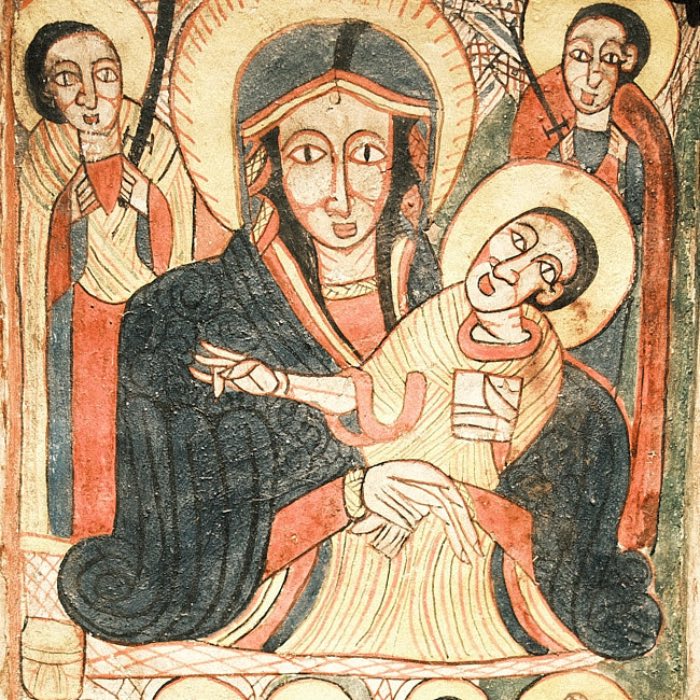
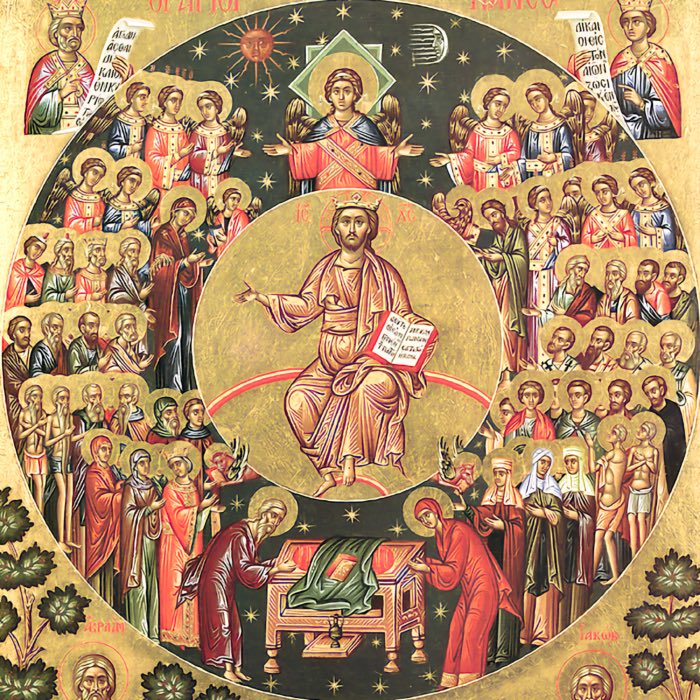
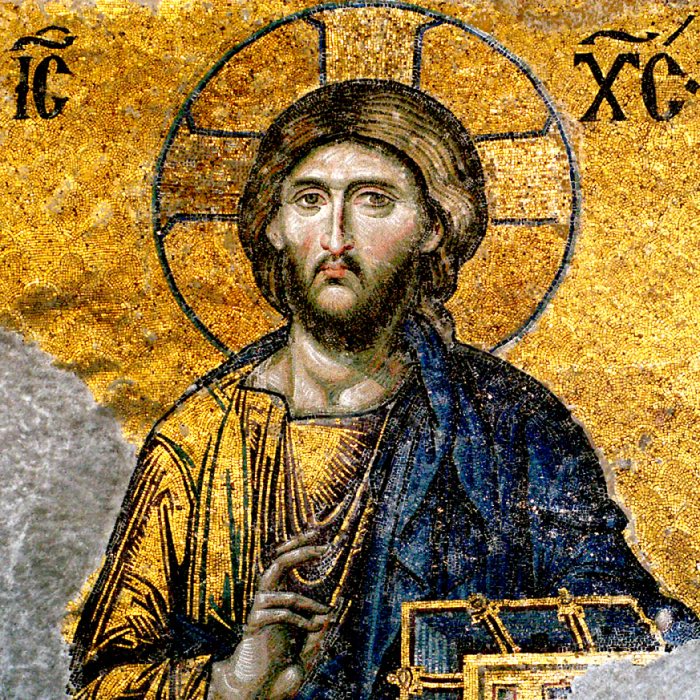

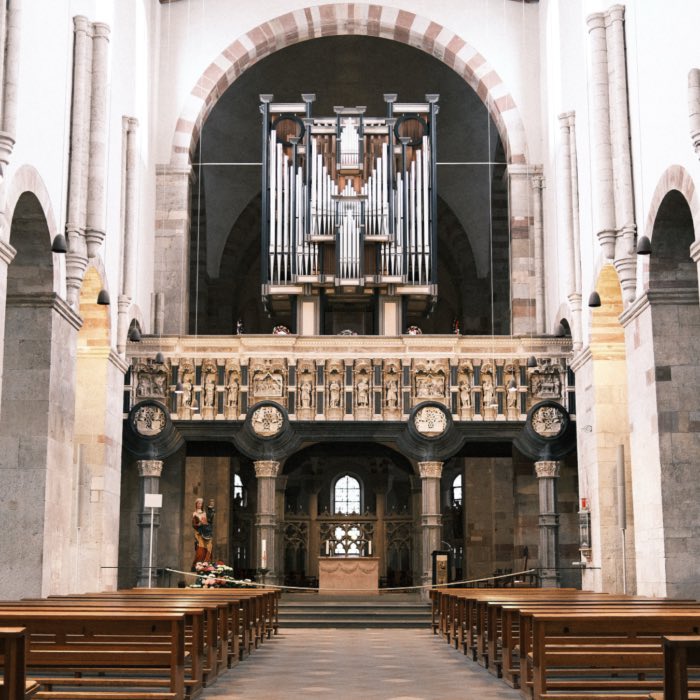
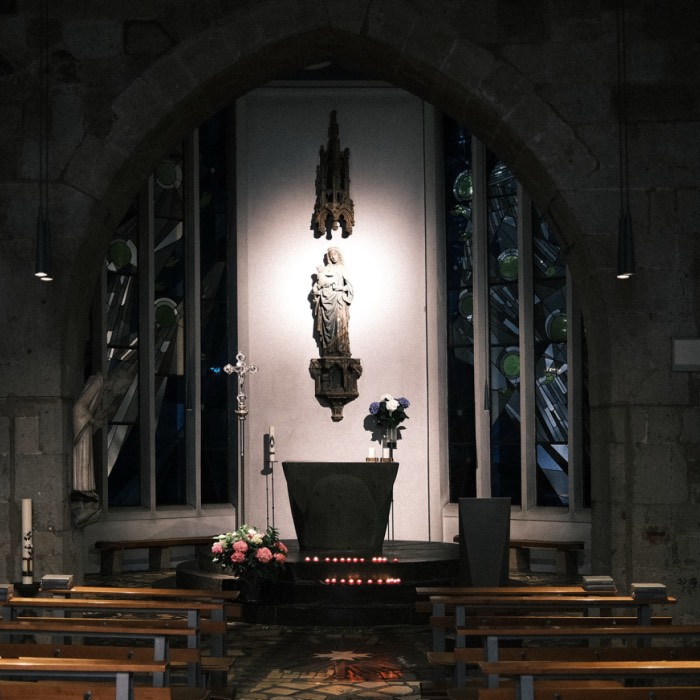



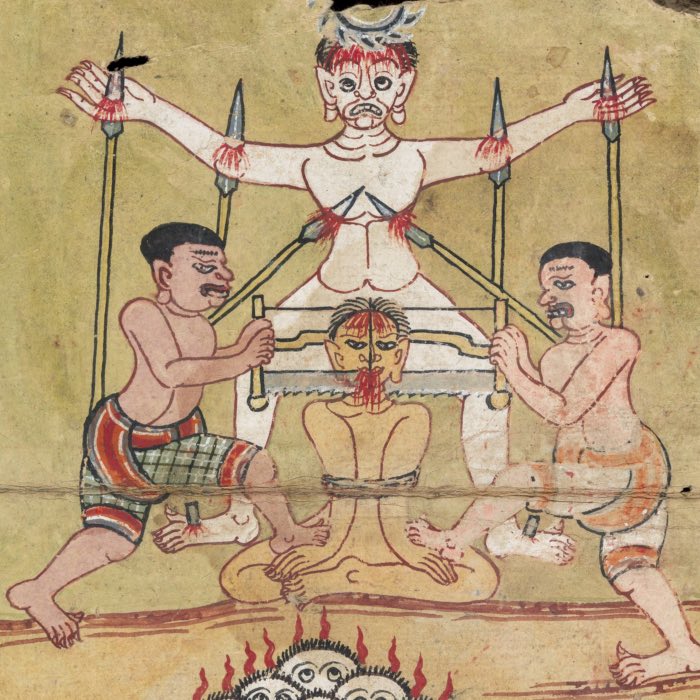

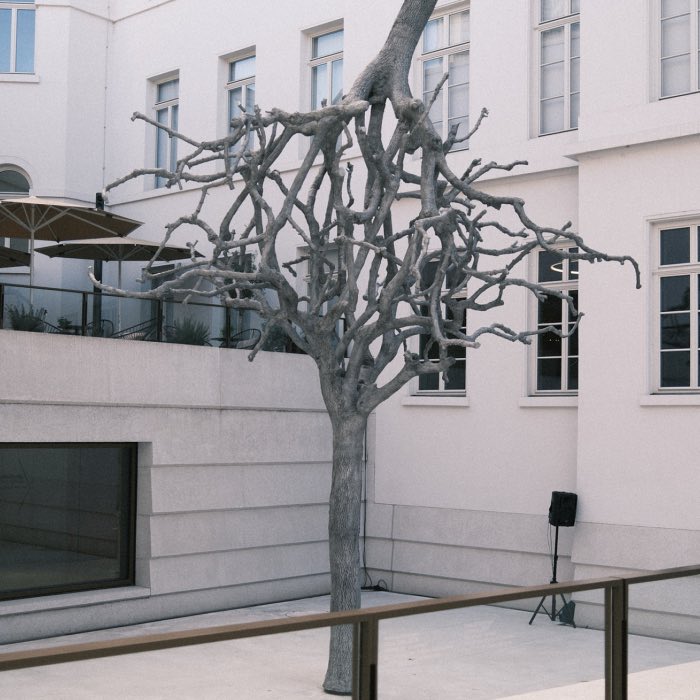

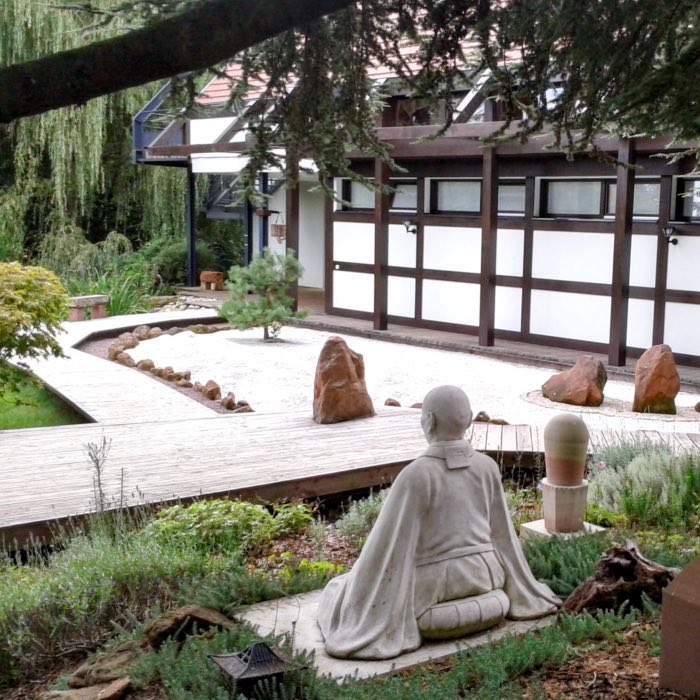
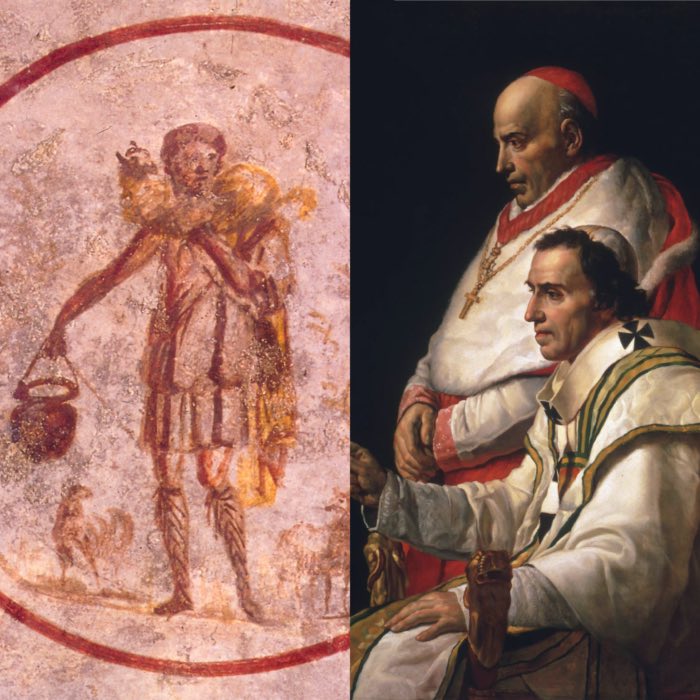
comments